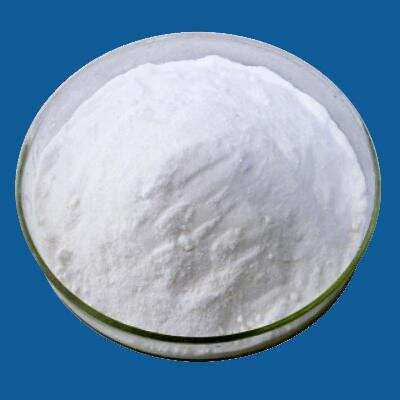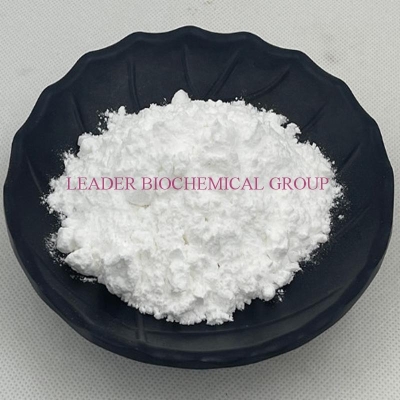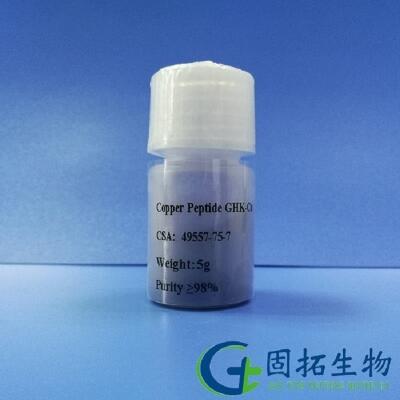-
Categories
-
Pharmaceutical Intermediates
-
Active Pharmaceutical Ingredients
-
Food Additives
- Industrial Coatings
- Agrochemicals
- Dyes and Pigments
- Surfactant
- Flavors and Fragrances
- Chemical Reagents
- Catalyst and Auxiliary
- Natural Products
- Inorganic Chemistry
-
Organic Chemistry
-
Biochemical Engineering
- Analytical Chemistry
-
Cosmetic Ingredient
- Water Treatment Chemical
-
Pharmaceutical Intermediates
Promotion
ECHEMI Mall
Wholesale
Weekly Price
Exhibition
News
-
Trade Service
2-Amino-5-bromonicotinic acid is a versatile intermediate in the production of various chemicals and pharmaceuticals.
Its unique structure and reactivity make it a valuable building block for the synthesis of a wide range of compounds.
In the chemical industry, the production of 2-amino-5-bromonicotinic acid is an important step in the manufacture of several key chemicals.
This article will explore the instruction of 2-amino-5-bromonicotinic acid in the chemical industry.
1.
Introduction
2-Amino-5-bromonicotinic acid is an important intermediate in the production of various chemicals and pharmaceuticals.
It is a versatile compound with a wide range of applications in the chemical industry.
The chemical structure of 2-amino-5-bromonicotinic acid is shown below:
Having a clear understanding of the chemical structure of 2-amino-5-bromonicotinic acid is essential to its synthesis, application, and safe handling.
The chemical formula for 2-amino-5-bromonicotinic acid is C5H8BrNO2NH2.
2.
Production
The production of 2-amino-5-bromonicotinic acid involves several steps, including the reaction of anthranilic acid with hydrobromic acid, followed by a reductive amination of the resulting anthronate with ammonia.
The first step is an acid-base reaction that forms the anthronate, which is then reduced with ammonia to form the final product.
The reaction schematic is shown below:
The overall yield of 2-amino-5-bromonicotinic acid from this process is typically in the range of 70-80%.
The reaction can be carried out in a variety of solvents, including water, ethanol, and methanol.
The reaction is typically carried out at room temperature, although it can be accelerated by increasing the temperature.
3.
Applications
2-Amino-5-bromonicotinic acid is used as an intermediate in the production of several important chemicals and pharmaceuticals.
One of the most important applications is in the production of the herbicide 2,4-Dichlorophenoxyacetic acid (2,4-D).
2-Amino-5-bromonicotinic acid is also used in the production of the antimalarial drug primaquine and the fungicide prochloraz.
2-Amino-5-bromonicotinic acid is also an important intermediate in the production of several pharmaceuticals, including the anti-inflammatory drug Celecoxib and the anti-cancer drug Silybin.
The unique structure and reactivity of 2-amino-5-bromonicotinic acid make it a valuable building block for the synthesis of a wide range of compounds.
4.
Safety and Handling
2-Amino-5-bromonicotinic acid is a toxic compound and should be handled with caution.
It is highly soluble in water and can be hazardous if ingested, inhaled, or if it comes into contact with the skin.
It is important to wear appropriate protective equipment when handling 2-amino-5-bromonicotinic acid, including gloves, goggles, and a respirator.
In case of contact with the skin or eyes, rinse the affected area immediately with plenty of water.
In addition, 2-amino-5-bromonicotinic acid should be stored in a cool, dry, and well-ventilated area, away from sources of ignition or heat.
It is also important to store 2-amino-5-brom







